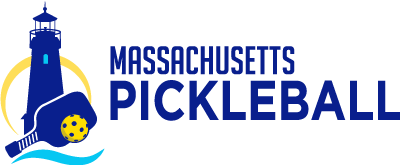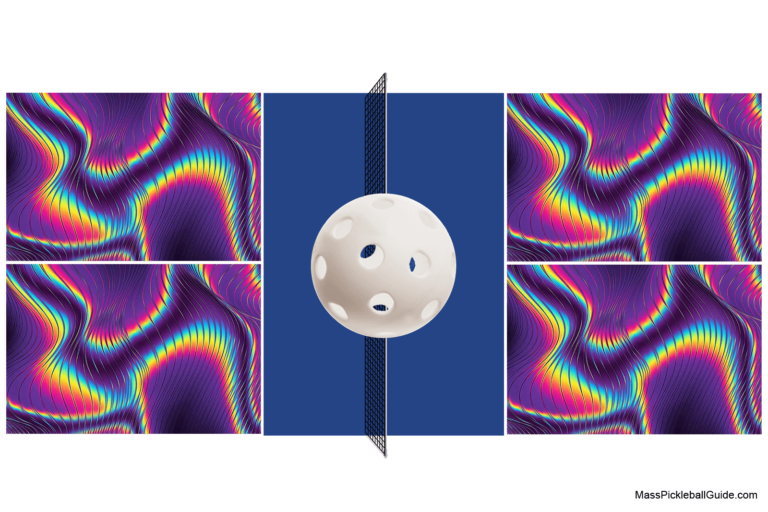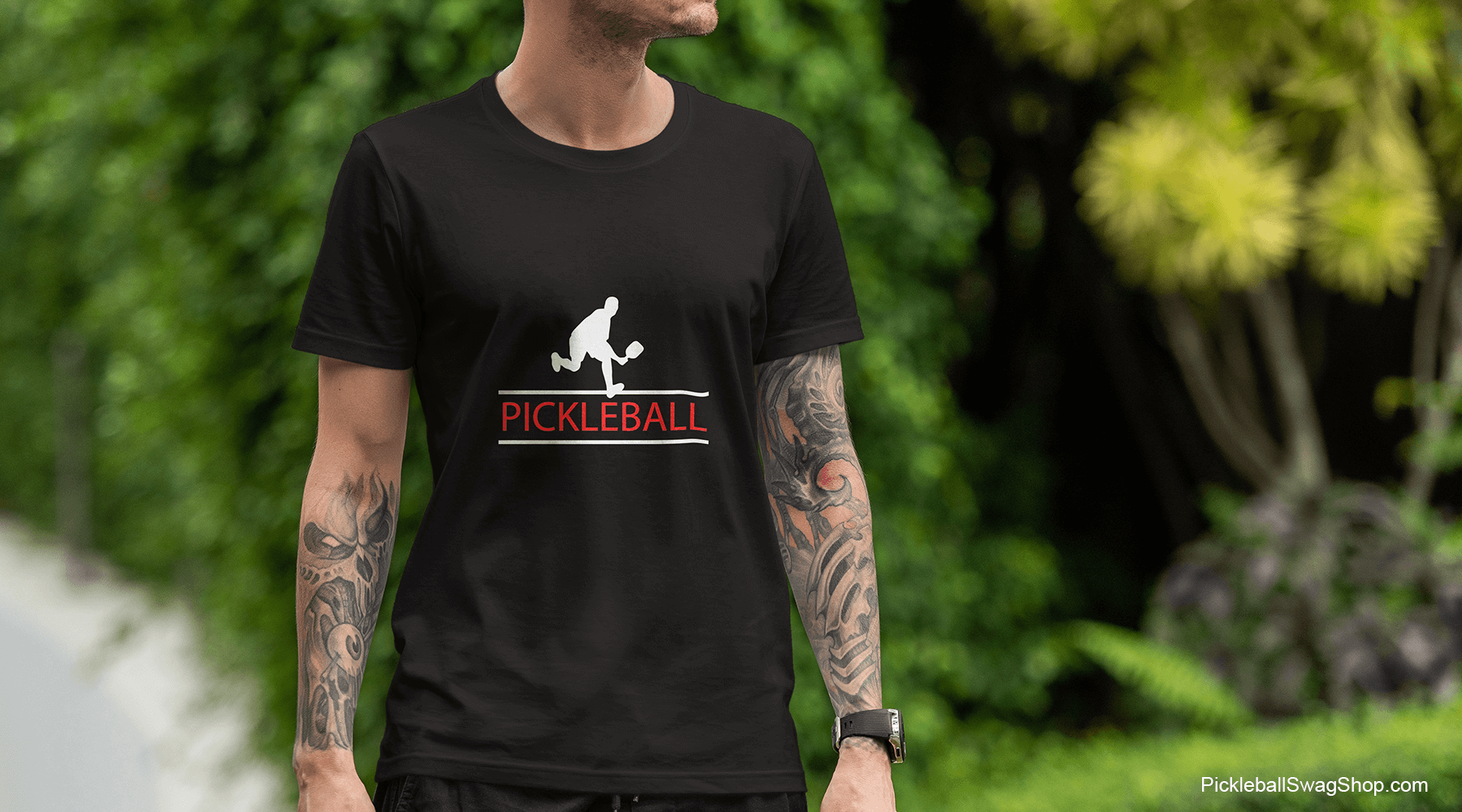Do Pickleball Sound Barriers Work?
not so quick with the wall
Pickleball, a sport beloved by many for its accessibility and simplicity, is not without its quirks.
One that consistently gets national attention is the unique sound that the ball makes as it rebounds off the paddle, a characteristic trait of the game that is surprisingly loud and potentially bothersome to others. Why is this, and can we do anything about it? In this article, we’ll address these intriguing questions, diving into the acoustical science behind the sport and discussing various solutions such as pickleball sound barriers.
The Fundamentals of Pickleball Noise
Pickleball noise is primarily produced by the high-energy impact between the hard pickleball and the paddle. This rapid energy transfer sends sound waves through the air, creating that distinct “pop”. Pickleball Science provides an in-depth examination of this phenomenon. Understanding these pickleball acoustics can help us find ways to mitigate this noise.
And there’s no mistaking that it’s a pickleball game – there is no other sound like it. See also: do not hire an expensive pickleball sound engineer to mitigate the sound.
Sport Your Spirit: Pickleball Noise Apparel
Embrace the lighter side of pickleball with our whimsical t-shirt collection, specifically designed to humorously target the noise detractors of our beloved sport! Each shirt expresses the collective joy of the pickleball community, gently poking fun at those who find its characteristic sound bothersome.
Understanding Sound Barriers in Pickleball
Sound barriers (aka “sound blockades”, “noise shields”, etc.) are structures designed to interrupt and absorb these sound waves. They do this by employing a principle known as sound barrier attenuation, which involves reducing the strength of the sound waves. A popular material used in these barriers is Mass Loaded Vinyl (MLV), a type of weighted vinyl known for its excellent sound absorption qualities.
See our deeper dive into the pickleball sound barriers.
The Effectiveness of Pickleball Sound Barriers
Sound barriers can be effective at reducing pickleball noise. The key to their success lies in the physics of sound wave propagation and the unique properties of materials like MLV. By interrupting and absorbing the sound waves, the noise from a lively game of pickleball can be significantly dampened, making it more amiable to neighbors and passersby.
However, the effectiveness of these barriers can also depend on factors such as the quality of the materials used, the design of the barrier, and the layout of the pickleball court. For a very scientific and thorough explanation of pickleball sound barriers you have to see this article: Pickleball Sound Barriers
See more at Silence the court: unraveling and mitigating pickleball’s noise mystery
The Cost of Pickleball Sound Barriers
Are pickleball sound barriers expensive to either install yourself or have a professional do? The answer depends on so many factors. The cost can vary significantly depending on the size of the court, the materials used, and whether you decide to install it yourself or hire a professional. Some barriers may also require periodic maintenance which could add to the overall cost.
Basic wooden sound barriers can start at around $25 per linear foot, while higher-end, specialized acoustic barriers can cost $100 or more per linear foot. So, you’re talking about anywhere from ~ $3,200 to upwards of $25,000, not including installation costs. It’s not in our budget… how about yours?
Soundproofing an Outdoor Pickleball Court
So, how does one soundproof an outdoor pickleball court? There are several strategies that can be used to achieve this. Installing a sound barrier fence is one of the most straightforward methods, using materials such as MLV to help absorb the noise. Additionally, the design of the court itself can help. A well-constructed pickleball court with soundproofing in mind can significantly reduce noise levels.
Pickleball court construction should consider the surrounding environment as well. For example, a court built in a densely wooded area will naturally have more sound absorption than one built in an open field. Though this is not always an option since so many tennis courts are being used as pickleball courts.
While the noise produced by pickleball may be a concern, there are effective strategies available to mitigate this issue. The pickleball noise will always be with us (don’t let anyone tell you otherwise). Sound barriers, in particular, can play a role in this, absorbing and reducing the noise produced during a game.








